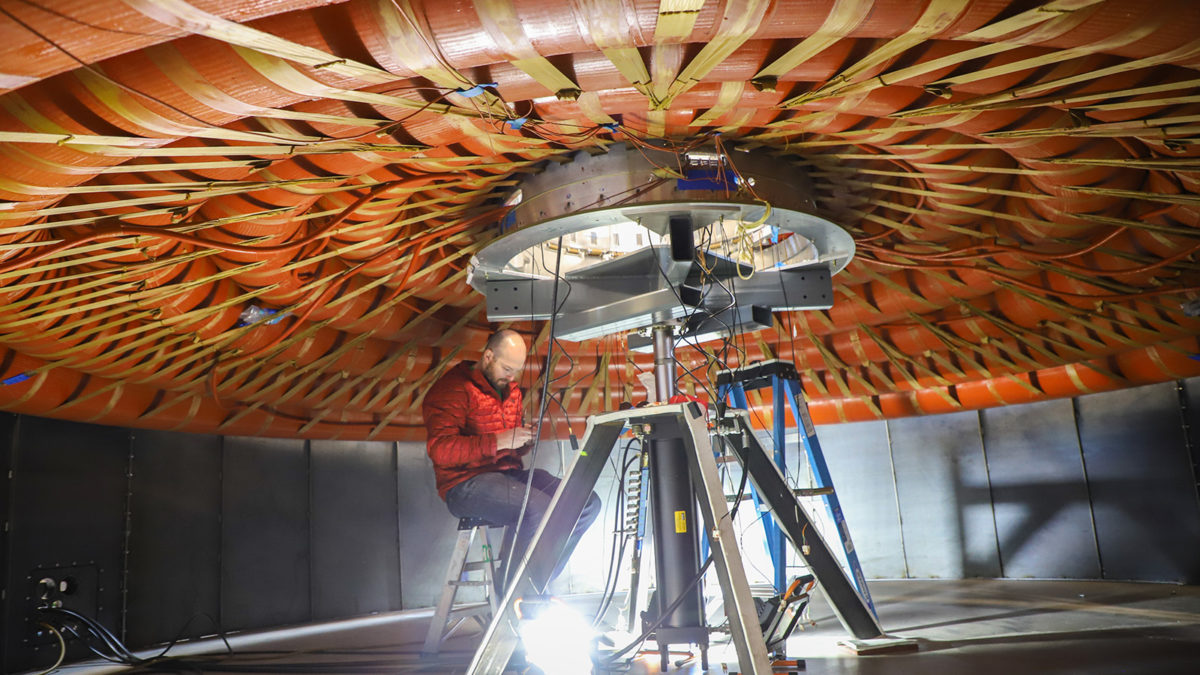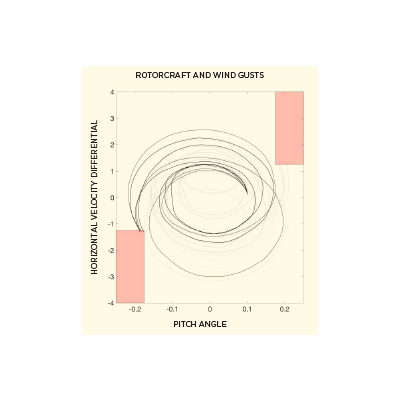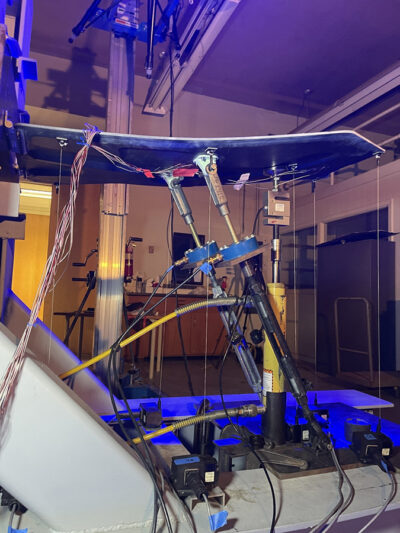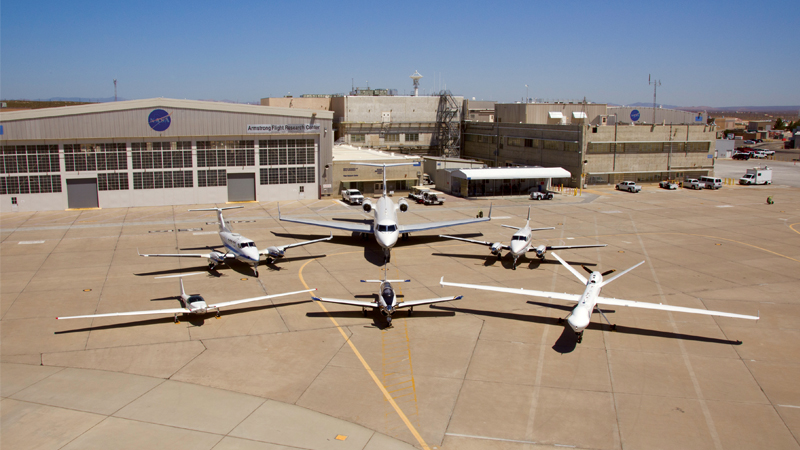NASA advances atmospheric entry technology through spacecraft instrumentation
By AARON BRANDIS, JONATHAN BURT AND SAVIO POOVATHINGAL|December 2021
The Thermophysics Technical Committee promotes the study and application of mechanisms involved in thermal energy transfer and storage in gases, liquids and solids.
NASA completed major components of the Low-Earth Orbit Flight Test of an Inflatable Decelerator, or LOFTID, between May and July. The LOFTID vehicle, which is dedicated in honor of United Launch Alliance aerospace engineer Bernard Kutter who died in 2020, will test an inflatable aeroshell for landing spacecraft on Mars and their reentry into the Earth’s atmosphere. It is scheduled for launch in September 2022. An inflatable aeroshell has many advantages over conventional rigid aeroshell configurations, including the potential to efficiently decelerate large payloads while avoiding excessive fairing size requirements. Its potential applications include landing humans on Mars and recovering launch vehicles on Earth. The test aeroshell’s large frontal area of around 30 meters squared produces comparatively low heat loads, so the aeroshell doesn’t need an ablative heat shield. In May, manufacturer Jackson Bond Enterprises of New Hampshire shipped the LOFTID flexible thermal protection system — designed to protect against temperatures of up to approximately 1,900 kelvins (1,600 degrees Celsius) and consisting of silicon carbide fabric, carbon felts, aerogel and gas barrier layers — to Airborne Systems Inc.’s facility in California for connecting the thermal protection system to the inflatable structure. Airborne Systems then tested the combined assembly, packed it to a compressed launch configuration and shipped it to NASA’s Langley Research Center in Virginia where the entire reentry vehicle will be assembled and tested.
In February, the Mars 2020 spacecraft, traveling at nearly 20,000 kph, entered the Mars atmosphere and delivered the Perseverance rover at Jezero Crater. In addition to the rover and its scientific payload, the Mars 2020 aeroshell included a sensor suite on the heatshield and backshell. That sensor suite, called Mars Entry, Descent, and Landing Instrumentation 2, or MEDLI2, had 28 sensors that measured the aerodynamic and aerothermal performance through a variety of pressure transducers, thermocouples, heat flux sensors and a radiometer. This instrumentation suite expanded upon the data collected by the MEDLI instruments flown aboard the Mars Science Laboratory mission in 2012. MEDLI2 represents NASA’s most extensive backshell instrumentation suite flown on Mars to date. MEDLI2 was able to measure heatshield turbulent flow transition, high-altitude atmospheric density profiles, winds during supersonic flight and backshell infrared radiation from the wake flow. With the MEDLI2 dataset, researchers will be able to compare flight data with predictive simulations, to update analytical models and to learn how the thermal protection system responds throughout entry. Ultimately, this new dataset will lead to improved designs of future entry systems for robotic and crewed missions not only on Mars but also for other destinations, such as Venus, Titan and the gas giants.
NASA announced in March the establishment of the Advanced Computational Center for Entry System Simulation, or ACCESS, space technology research institute. ACCESS is a team of experts from six U.S. universities: University of Colorado, University of Illinois at Urbana-Champaign, University of Kentucky, University of Maryland, University of Minnesota and University of New Mexico. The institute will advance the design of NASA entry systems by developing a fully integrated, interdisciplinary simulation capability. The institute’s efforts are divided into four tasks: focusing on theoretical chemistry to identify the key reactions and determine new rates of all gas-phase species encountered during entry; working toward a fully integrated simulation tool with exascale computing capability and new computational algorithms; developing multiscale models for thermal protection system materials; and tracking reliability and uncertainties of all processes. ACCESS’ primary product will be the Integrated Simulation Framework that will provide a platform for multidisciplinary calculations that include physical effects related to chemistry, radiation, materials, structures and reliability. The institute will focus on the systems that protect spacecraft from aerodynamic heating, as well as prediction of the extreme environments experienced during atmospheric entry. This work is critical for the exploration of planets, such as Mars, that require high-reliability entry systems for safe placement of large payloads on their surfaces.
Contributors: Charles Bersbach, Eric Stern, Adam Whelan and Todd White



































